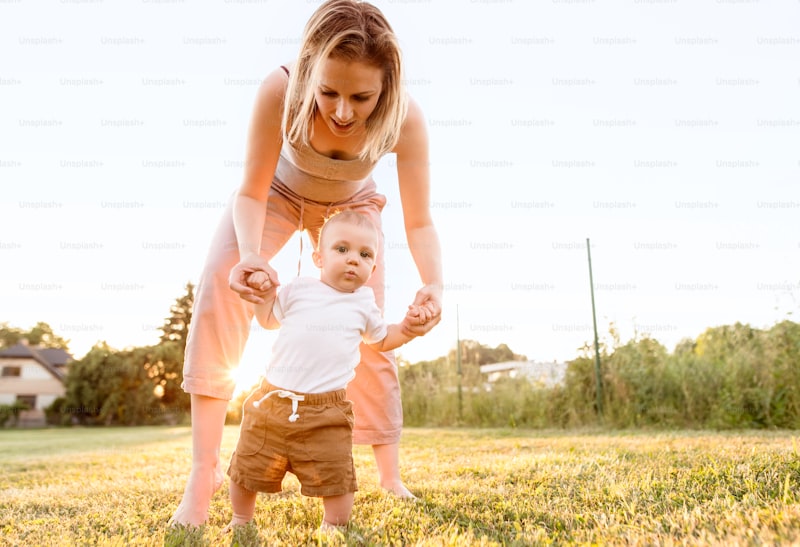Passing teacher training is one thing, a triumphant thing that you should feel immensely proud of, but taking what you’ve learnt into your own teaching can feel like a totally different thing all together.
The first yoga class is always going to be the hardest: we are out of a training environment, where others around us are helping us and accommodating. The people in front of us are no longer our fellow trainees but our students – they’ve paid to be here and they are ready to practice. It’s difficult to know how you feel during your first class but it helps to keep the following five things in mind:
1. Go With the Flow
It’s one thing to practice teaching but it’s totally different actually doing it. People arrive late, or will have questions which may delay the start of the class. They will highlight injuries or conditions which mean you have to go into more depth when explaining variations of poses or eliminate a pose altogether. You’ll have less time than you planned and that breathing practice you felt passionate about including suddenly gets cut. Although it is good to go in with your sequence as designed, it’s also good to just go with the flow.
You won’t know any of your students yet, unless you have roped in friends to support you, and so you won’t be able to predict the way the class will go. As time goes on and you become more relaxed in front of the class it becomes easier to freestyle a little but at the beginning it can seem hard. If you can accept that something not going to plan doesn’t mean it hasn’t gone well, it will make it a lot easier to adjust in the moment.
See Also: Why The World Always Needs More Yoga Teachers
2. You Will Forget Things
This is totally normal. You could have been practising yoga for years, be able to recite sequences in your sleep, yet turn up to your first class and forget what you planned to come after the first set of sun salutations. A combination of first-class jitters and keeping an eye on your students makes it easy to forget things or draw a blank.
Do not fear – bring a notepad, or even just a sheet of paper, to class with you and then just glance down at it whenever you need to. In fact, bringing notes to class and eliminating the fear of forgetting may actually help you feel calmer and thus find it is easier to remember!
3. Be Prepared for Silence
When you’re focussing inward, or on perfecting your posture, or on listening to the teacher, you aren’t aware of it. But lots of yoga teachers will tell you that the first time they taught a class they were struck by how silent it was. Between instruction, when students are adjusting or even just watching you for the next direction, it can become surprisingly silent and this can feel rather overwhelming.
As a student, quiet is nice. We seek it out in our lives, to slope off and read a book, practice meditation or grab 10-minutes of impromptu yoga practice. When you lead a class it changes, because you are the one in charge of the silence. Your voice is the only thing which fills it and your lingering is the only thing keeping it. As time goes on you will notice it less or just become more comfortable with it but it is good to practice feeling okay in silence before your first class.
With everything else to think of before a class, wondering what silence will be like is not usually on the agenda. Spend some time thinking about how you feel about it, what you will do with yourself during it in order to keep your nerve. Perhaps it’s a good time to weave around the mats and check on the students, or re-align yourself. However you handle it though, be sure to expect it.
4. People Will Have Questions
Those new to yoga will have questions, those returning to yoga after an injury will have questions and seasoned yogis will have questions. Some of them may be simple and some a little more challenging. It is good when designing your first class to stick to postures you know a lot about and feel comfortable modifying. That way when people have injuries, are pregnant or raise any issues that feel they may encounter during the class, you’ll be able to advise them on the best way for them to practice or highlight things they need to watch out for.
Some students will have questions about yoga itself, about how they can benefit or what type of yoga they would most benefit from. Just give your personal opinion – if you don’t know, simply say you don’t know and offer to find out for them and tell them in your next class.
Sometimes people will have questions about you personally – where did you train and when? How long have you been practising? Do you teach elsewhere or have any special yoga programmes? Lots of first-time teachers feel nervous about admitting it is their first class but you needn’t be. Yoga is very personal – we all connect to different teachers and usually, it isn’t because we know they have been teaching for 20-years or more. It is because we like them as a person – they make us feel included and safe, they give us clear guidance. Generally speaking, honesty is the best policy.
5. You’ll Be Glad That It’s Done
However much you have been waiting for this day, throughout your hours of training, you will still be thankful once the class is over and the mats rolled away. It is tiring – being alert for the entire class, balancing your time between being on the mat yourself and giving attention to, or wandering around, the class.
Once the adrenaline subsides it’s totally normal to feel tired, achy even, or you may feel totally exhilarated. Even so, you’ll be glad it’s over.
Time to Teach Your First Yoga Class!
Whatever happens, you will never have a first yoga class again. Sure, you might have a first class in this studio, or teaching that style, but teaching your first yoga class is a huge accomplishment that shouldn’t be taken lightly. Have fun, know that you’ve put the time into your teacher training and always remember that you are qualified and deserve to be here.













